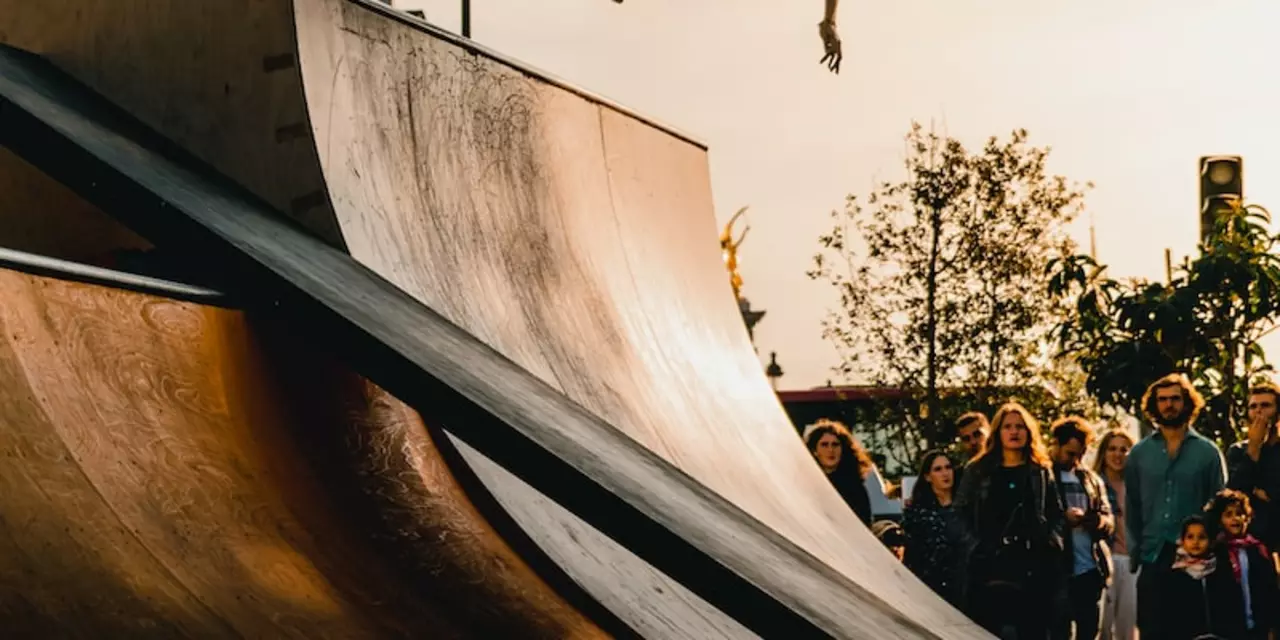Learning Skateboarding: Simple Steps to Get Rolling
Ever tried to hop on a board and ended up flat on the pavement? You’re not alone. The good news is you don’t need years of practice to feel confident. Below you’ll find the exact steps that helped most beginners turn wobble into smooth cruising.
Choosing the Right Gear
Start with a board that matches your size and style. A 7.75‑8.0" deck works for most teens and adults – it’s wide enough for stable foot placement but not so bulky you can’t flip it. Pair the deck with trucks that aren’t too loose; a medium‑tight setting gives you control while you learn to turn.
Don’t skimp on shoes. Look for skate‑specific sneakers with reinforced toe caps and good grip. A snug fit prevents your foot from sliding off during tricks. And always wear a helmet, knee pads, and wrist guards. The right protection lets you push harder without fear of bruises.
Building Your First Skill Set
First up: the push. Plant your front foot near the front bolts, keep it angled slightly, and use your back foot to thrust off the ground. Push in short bursts and practice stopping by dragging the tail of the board on the ground. Once you can roll a few meters without wobbling, move on to turning.
To carve, shift your weight onto the toes or heels of the front foot. Small, smooth movements keep the board stable. Try a series of “S‑turns” down a quiet sidewalk – that’s the foundation for ollies and more advanced tricks.When you feel comfortable turning, practice the ollie. Bend your knees, pop the tail down, then slide the front foot up the board. It sounds tricky, but breaking it into three parts – pop, slide, land – makes it doable. Start low, aim for a few inches, and build height gradually.
Consistency beats intensity. Spend 10‑15 minutes every day on a flat surface, focusing on one skill at a time. Short, focused sessions keep your muscles memory sharp and prevent burnout. As you improve, add a new move to your routine – maybe a kick‑turn or a ride‑off.
Remember, the skate community is a great resource. Share your progress on forums, ask for feedback, and watch short videos that break down each trick. Learning is faster when you see how others solve the same problems.
Finally, celebrate the small wins. Landing your first ollie or riding a smooth line down the street feels amazing and fuels the next round of practice. Keep the vibe fun, stay safe, and you’ll see progress faster than you think.
How long does it take to learn how to roller skate?
- Caden Lockhart
- |
- |
- 0
Roller skating is a fun and challenging activity that increases coordination and balance. Learning how to roller skate can take a few days or a few weeks depending on the individual's skill level. Beginners should start in a smooth, flat area with a dry surface and practice basic skills such as gliding, turning, and stopping. Increasing speed and mastering advanced tricks can take more time and practice. Protective gear and proper form are important for safety. With patience and dedication, anyone can learn how to roller skate.
View more